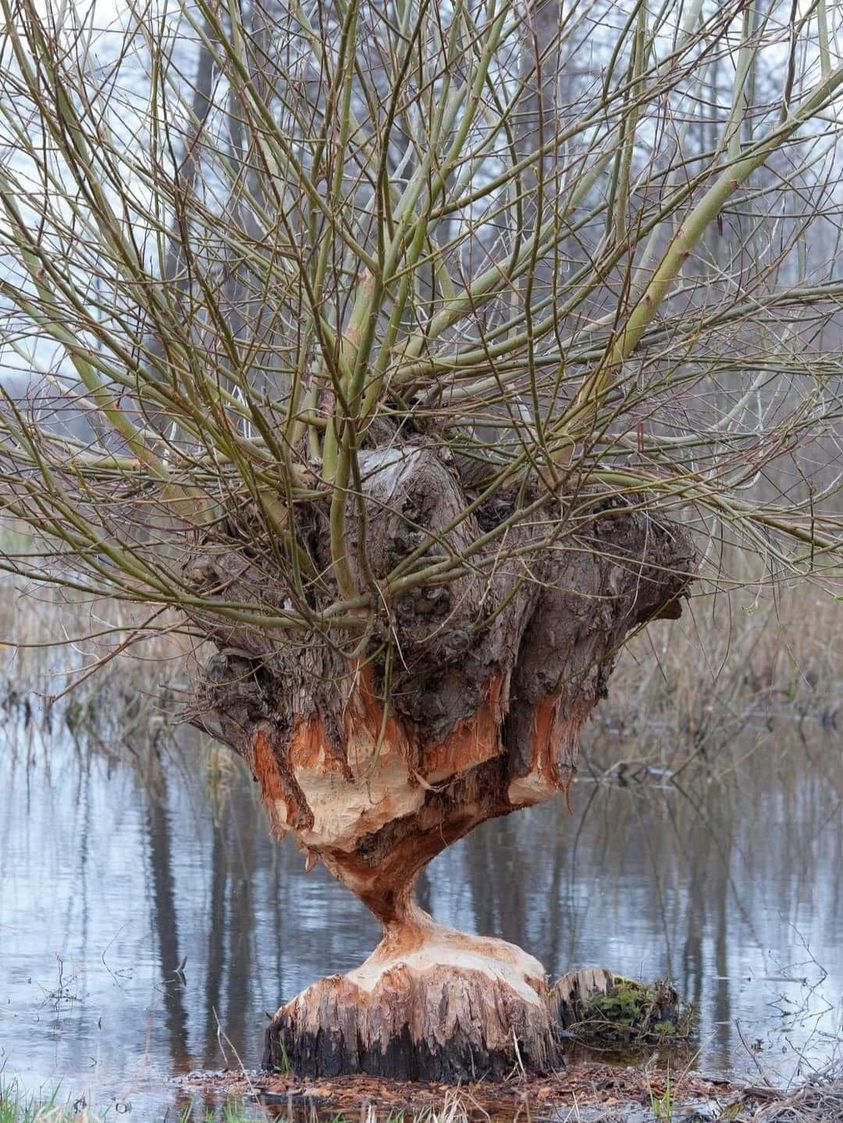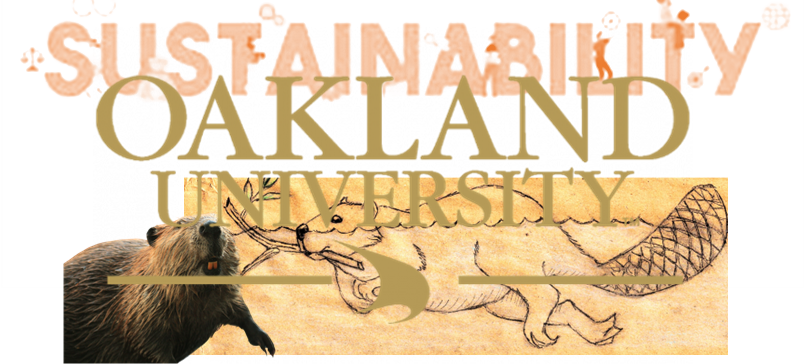You should not have believed me; for virtue cannot so inoculate our old stock but we shall relish of it: I loved you not.
Sometimes good news just laps in waves on the shore of our awareness, and the bulwark of primitive thinking does everything it can to resist. You can see the timeless struggle acted out on the page and even in the same paragraph sometimes! We know better but we do the same old thing because, well. its easier.
Letter to the editor: Beaver benefits
Happy New Year to all. Perhaps this new year will bring more attention in Colorado to the benefits of beavers helping solve our environmental problems. The following videos are convincing stories of how other nations and states are doing just that.
Please, let’s start building Beaver Dam Analogues (BDAs), especially in our fire-stricken streams. Government employees, especially firefighters and volunteers should do this if we want to help save our ecosystems.PS: Our nation’s trout, salmon and ranchers will also greatly benefit.
That’s sees pretty straight forward right? There’s even a helpful video to guide folks…
So you’d think, wow the information is OUT there. People can know just what to do. So it must be easier to do it, right? Well. not so easy as you might think…
Busy beavers gnawing away at New Jersey man’s patience, one tree at a time
“Arrogant” and “selfish” beavers are gnawing away at Chris Ritter’s peace of mind.
While North America’s largest rodent is generally considered to be one of earth’s master architects, building whole aquatic ecosystems from felled trees, the beaver is the destroyer of Ritter’s world, particularly the swampy backyard beyond his pool and hot tub in New Jersey’s Pine Barrens.
Selfish? Beavers are selfish?
“That’s not a pond, that’s my lawn,” Ritter said on a recent February afternoon.
“Beavers are just doing what beavers do, realistically. It’s hardwired into them to create this perfect atmosphere for themselves,” said Adam Burnett, executive director of the Beaver Institute, a nonprofit that aims to resolve “beaver-human conflicts in a science-based manner.”
Okay so you are talking to the experts. that;s great. Someone to tell you how to solve these issues and why you should coexist. I”m so glad Adam is on the case,
Biologists, state and federal agencies, and nonprofits acknowledge that the beavers can become a nuisance and require management. Helping landowners with downed trees and flooding is a large part of the Beaver Institute’s work, Burnett said.
“We aim for coexistence and this is the main complaint,” Lambert said. ”With New Jersey being so densely populated too, that’s the challenge.”
The Beaver Institute recommends “pond-leveling pipes” to keep water flowing between flooded areas and fences to protect trees over the alternative: trapping. The institute will even financially assist landowners with their problems as long as they commit to allowing beavers to remain on their property.
Okay, so experts and expert solutions. Great; Lets ,bring in the right tool for the job and solve this thing.
Ritter, 53, said there’s a downside to that, noting that flooded land and felled trees displace deer, mice, racoons, and countless other animals and insects, including rare birds and snakes. He reiterated that in a recent Pinelands-related Facebook group post that generated hundreds of comments, in which he called beavers “selfish” animals that “can’t live with others.”
Some accused him of anthropomorphizing animals.
No I think he’s on to something. Someone is definitely being selfish. Hmm let me think who it might be.
“An old cranberry grower once told me that ‘people either want beaver around or Atlantic white cedar, but they can’t have both, there’s no in between’,” Moore said.
Moore allows licensed fur trappers to take beavers off his land every year. He said beavers are “dumb.”
Oh. The article starts of with wisdom and flow devices but it still ends up here. At the trappers doorstep. Gee what a surprise.
Trapping, in New Jersey, is regulated by the state’s Department of Environmental Protection via its Division of Fish and Wildlife. There are beaver and otter trapping seasons, broken down by geographic zones, with limits on the number of animals a licensed trapper can take in a short-time span.
Trapping enthusiasts believe there’s not enough permits issued and noted that in 2020, New Jersey Gov. Phil Murphy vetoed a bi-partisan bill that would have “removed statutory limitations” on the number of beaver that could be taken in the state.
More dead beavers. That’s what we all need. Forget the wildlife and water that depends on them. Forget the firebreaks. We need more dead beavers.
“There’s beaver everywhere,” said Robert Staudt, a former field and education director for the New Jersey Trappers Association.
Ritter’s a fisherman and hunter, but he’s not interested in trapping beavers himself or even paying a pest control service to do it. It’s illegal to shoot them, he noted.
Potential fur trappers must take an education course in which they have to demonstrate being able to skin an animal. Trapping enthusiasts say that’s done to weed out anti-hunting and trapping activists who, in the past, would try to get beaver permits, which are limited, and never use them.
Trappers say beavers aren’t that hard to catch — they swim through a submerged trap that, ideally, kills them instantly when it slams shut — but the work is cold and wet.
Oh poor babies.
“It’s probably the most physically demanding of all fur trapping,” Staudt said.
Ritter, a security technology consultant, was able to obtain a special out-of-season depredation permit for beavers that cause damage. That will permit him to allow trappers on his property to take the beavers out. That process involves an inspection by the the United States Department of Agriculture looks for evidence of flooding to roads, homes, septic system, wells, agricultural fields, or majority of lawn/landscaped area.
“My grass and my property’s gone and my trees are getting destroyed. Not to mention the mosquito problem,” he said, motioning to his swampy yard. “I don’t want to kill a ton of beavers, but something needs to be done because next year it’s going to be worse and the year after it’s going to be worse.”
Trapping and relocating beavers, while difficult, is often the ideal solution for those seeking coexistence but in New Jersey, it’s illegal to relocate most wildlife. Trappers, historically, often sold beaver pelts and at their meat. One trapper said they taste like beef and make a great stew.
Ritter, who has a stuffed beaver in his “man cave,” said he doesn’t want to skin one or eat it.
“I just want to get them out of here,” he said.
Can we just stop for a moment and consider what a fine specimen of humanity this man is? With his MAN CAVE and STUFFED beaver. I’m sure there is nothing small or mishapen about his wide-ranging ecological understanding, his deep compassion or his own genitals.
Aren’t you?






































